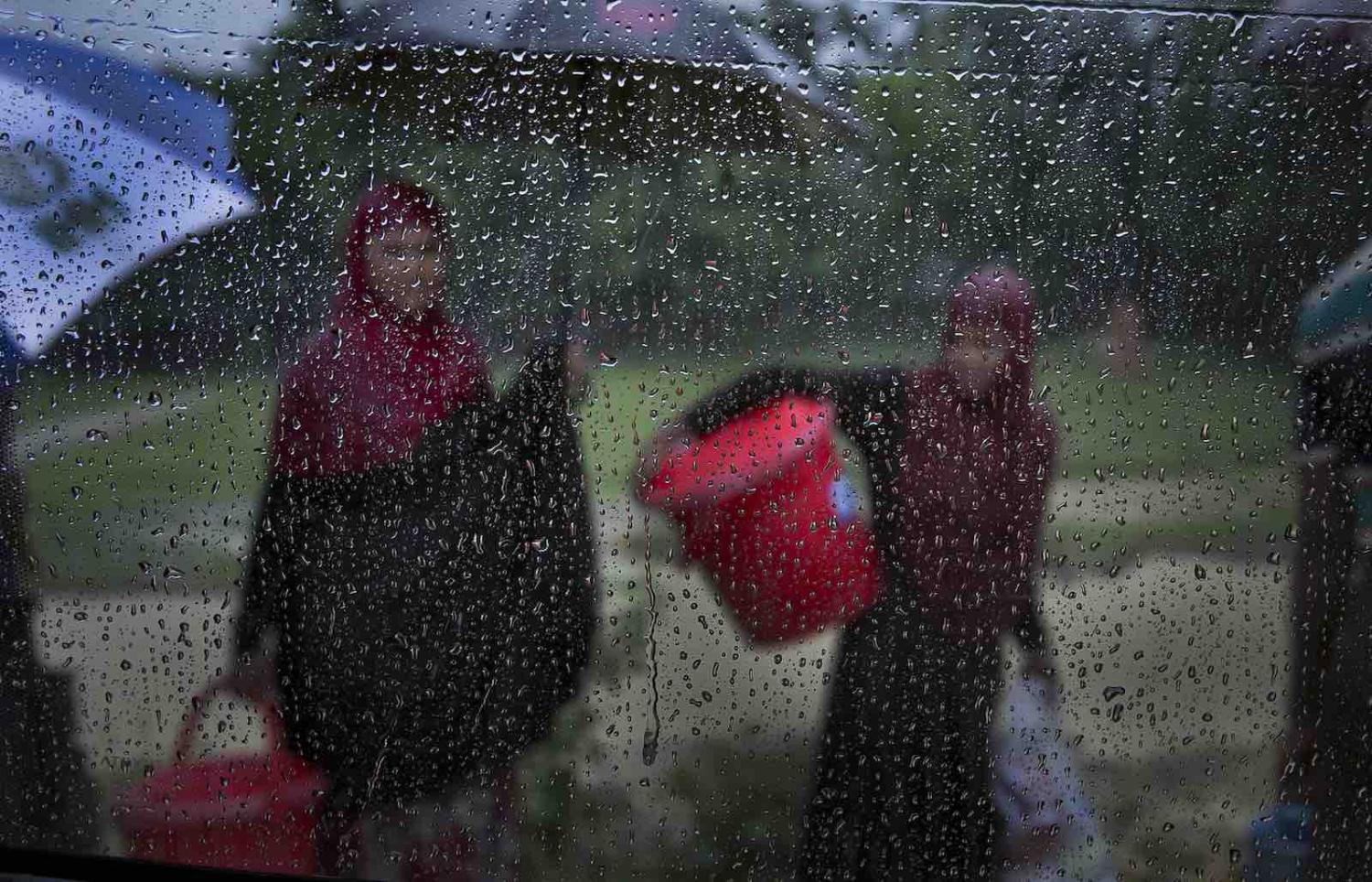The humanitarian system is facing unprecedented uncertainty in the midst of the biggest pandemic since 1918. Over the last 10 years, the requirements for emergency relief programs have consistently outstripped resources – before the outbreak of Covid-19, efforts were aimed to address the needs of 166.5 million people in 35 countries, despite limited funding and capacity. And now, major crises, such as in the Democratic Republic of Congo, Syria, and Yemen, are seeing the potential implications of the spread of Covid-19 among highly vulnerable populations. In the coming months, existing operations will be tested further.
Yet what would happen if a new event struck somewhere in the world? As already witnessed in Croatia, where a 5.3 magnitude earthquake struck the capital Zagreb on 22 March, with the country on lockdown, a pandemic adds multiple layers to the challenges of disaster response. Emergency workers were forced to find ways to ensure that physical distancing requirements were adhered to in evacuation sites and emergency shelters.
Global restrictions on movement of people and goods and an uncertain economic climate are likely to further move the balance between international, national, and local responders, with a shift towards nationally led response.
If a large-scale disaster were to occur now, the humanitarian sector would be facing a system-wide response in the midst of a global pandemic. A situation of this scale, classified as a Level 3 response, or L3, would call for measures far beyond business as usual, even in a business attuned to unpredictability and adaptable to extremely difficult working conditions.
Existing L3 emergencies already face challenges which will be difficult to meet in the context of Covid-19. Should an event occur to make the situation worse, however, there are ways humanitarian agencies can look at reducing the impacts.
It is urgent to consider now, before it happens.
The US$2 billion Global Humanitarian Response Plan for Covid-19 comes on top of the $29 billion requirement to meet existing humanitarian needs in 2020. The 2020 appeal, which so far is only 3.9% funded, comes in the context of an impending global recession, and the possibility of reduced overseas development and humanitarian expenditures.
The Covid-19 crisis has shown that there may be new funding opportunities opening up. Donors such as China, Russia, and Cuba are providing aid to countries such as Italy. And with people forced to further embrace technology to stay connected, there are also opportunities to harness new ways of financing, such as crowdfunding, which has grown significantly in recent years.
Surge capacity in an emergency is essential. Human resources are now strained and restricted in ways not dealt with before. Reduced mobility will hamper agencies’ ability to respond quickly. Even in the event that deployments can take place, staff may have to physically isolate for 14 days – a massive delay in a life-saving scenario.
Here, too, there are possibilities. The current profusion of agency and NGO personnel working from home could enable more professionals to provide remote support for emergency response. Collaborative surge could also enhance mobilisation among agencies to support those best placed to respond.
The elements of effective humanitarian coordination – personnel, systems, and processes – are all under immense pressure. During rapid-onset, large-scale emergencies, coordination is often a major stumbling block, with an influx of new people and agencies bringing varying capability and understanding of the context. Global and national responses to Covid-19 require coordination at many levels, on top of ongoing operations. National coordination bodies already responding to Covid-19 may be unable to scale up. Restrictions on travel and gatherings could rule out meetings in person.

Now is the time for testing remote coordination platforms. For example, WhatsApp was widely used in Indonesia as a formal and informal communications channel following the September 2018 Sulawesi earthquake. Movement restrictions might also relieve pressure on humanitarian coordination and minimise staff overflow or duplication of coordination systems, as occurred during Typhoon Haiyan in the Philippines in 2013.
Global restrictions on movement of people and goods and an uncertain economic climate are likely to further move the balance between international, national, and local responders, with a shift towards nationally led response. Localisation is the path to national and local leadership, as well as more direct funding, but with health and emergency management systems being tested everywhere, a “double disaster” requiring system-wide response could swiftly overwhelm capacity. Regional and international support asked to augment local leadership may be limited, while local responders will bear greater operational risks, including exposure to Covid-19.
The heavy impact of Covid-19 on humanitarian supply chains and transportation would make logistics and transport even bigger obstacles in the wake of a major disaster, where critical infrastructure is often damaged and large volumes of relief items cause bottlenecks. This disruption is an opportunity for governments to increase engagement with local suppliers and to move towards cash-based responses, which can both avoid bottlenecks and enhance social protection.
Military deployments frequently provide support to relief efforts in large-scale crises, with vital assets, personnel, and supplies. But with many countries – France, Germany, Italy, Singapore, the United Kingdom, the United States, and Australia – now mobilising military forces for domestic priorities, the likelihood of countries contributing forces overseas in an emergency is low. In the event of a major disaster, national defence forces might be the face of disaster response. This should be taken as an opportunity to develop more fit-for-purpose coordination mechanisms, better tailored to the local context.
While it is critical to continue to address existing crises, humanitarian agencies also need to be prepared to step up should a major emergency occur. Covid-19 has already made evident what happens when we don’t anticipate the worst.

